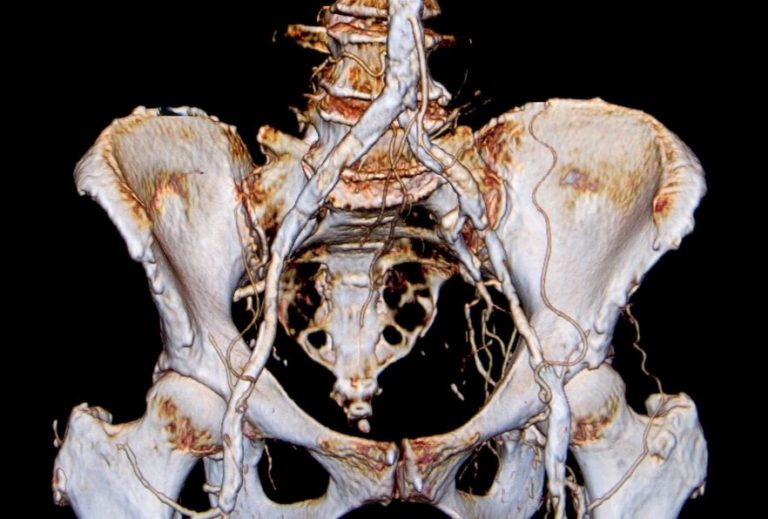Trauma leaders worldwide show a growing interest in using endovascular tools in trauma resuscitation, hemorrhage control and definitive injury management.
This interest is driven in part by the development of new endovascular devices designed specifically for injured patients. In addition, the emergence of resuscitative endovascular balloon occlusion of the aorta (REBOA) has increased overall awareness of catheter-based approaches to trauma and critical care.
However, establishing an endovascular trauma program — or taking an existing program to the next level — is a major undertaking. The barriers include securing resources, assembling the right team and ensuring adequate training. Even leading trauma centers have struggled with these challenges.
Recently, three experts in endovascular trauma management — Melanie Hoehn, MD, Megan Brenner, MD, and Juan Duchesne, MD — shared their insights and solutions for establishing, growing and optimizing an endovascular trauma program.
To read their recommendations on team design, equipment/supplies, staff training and quality assurance, click below to jump to any section:
Part I – Creating the endovascular trauma team
Part II — Essential equipment and supplies
Part III — Training physician and nursing staff
Part IV — Ensuring quality and patient safety

